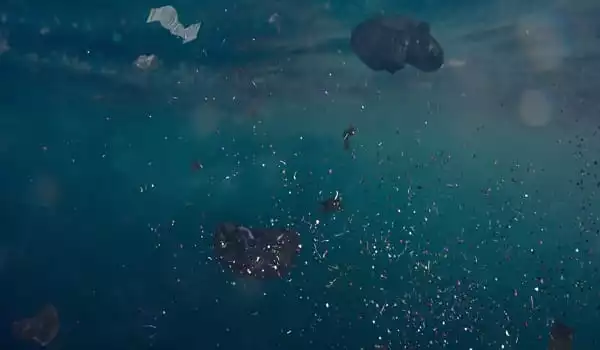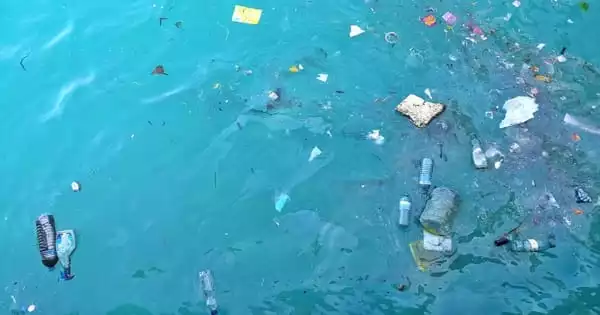Plastic pollution is a global issue that is developing at an exponential rate due to a growth in consumerism as well as an increase in the quantity of plastics used to make the items we use on a daily basis. Many of these products are single-use objects that are used once and then discarded. But what happens to this plastic after the trash can is empty? It does not simply vanish into thin air.
It usually winds up in some form or another in the environment, with a large portion of it finally ending up in the ocean. One of the most pressing environmental concerns we face today is marine plastic waste, which is a subset of plastic pollution.
The wide range of scientific approaches and procedures employed in the research of marine microplastics pollution restricts our present understanding of this severe environmental issue facing our ecosystems.
This is the main conclusion of a study conducted by the Institute of Environmental Science and Technology of the Universitat Autnoma de Barcelona (ICTA-UAB) that reviews the research conducted to measure the presence of microplastics in the Mediterranean Sea’s coastal areas and seawater, both in the sea surface water, seawater column, and marine sediments. The findings indicate that the quantities of microplastics in the Mediterranean are likely higher than previously anticipated, yet the technologies utilized are incapable of capturing them.
Plastic materials are numerous and diverse, with unique properties that make it difficult to develop a standard framework for analyzing them all in the same way. Furthermore, chemicals like as pigments or flame retardants add to the complexity.
Laura Simon
Microplastic pollution is one of the environmental issues facing our ecosystems, and it is gaining societal attention. The Mediterranean Sea, in particular, is one of the world’s greatest plastic accumulation areas, with pollution levels comparable to the Pacific Ocean’s “great marine garbage patch,” because the area’s large population and marine dynamics mean that floating plastics are trapped in the basin, with few chances of escaping into the Atlantic Ocean.
The scientific discipline studying this subject is still in its early stages, and its methodologies are continually improving, making it difficult to establish the most relevant phrases and approaches for identifying them. “Plastic materials are numerous and diverse, with unique properties that make it difficult to develop a standard framework for analyzing them all in the same way. Furthermore, chemicals like as pigments or flame retardants add to the complexity” Laura Simon, ICTA-UAB researcher and first author of the study, which was published in the scientific journal Environmental Pollution, explains.

According to the study, the methods used in laboratories for sampling are very diverse, “and while this has made much progress in this scientific field, it has also meant that many of the data produced so far cannot be compared,” she adds, acknowledging that this affects the scientific community’s current knowledge of this problem.
According to the study, 82.8 percent of the 3,000 samples gathered over the last decade were obtained in coastal areas, leaving scientists with less evidence to understand the spread of microplastics in the open sea. Furthermore, nets with a mesh size of 200 microns or greater were utilized to sample surface waters, thus finer particles could not be caught. According to current research, the Mediterranean Sea has 84,800 microplastics per km2 of surface waters, 300 microplastics per kilogram of marine sediment, and 59 microplastics per kilogram of beach sand.
“Because the number of microplastics in the natural environment grows as their size decreases, the levels of microplastics in the Mediterranean are likely higher, but we are unable to document them due to the methods utilized,” explains Dr. Patrizia Ziveri, leader of the research line at ICTA-UAB.
The majority of plastics float in the sea. The seafloor, on the other hand, is regarded as the final dumping site where microplastics are expected to amass. “We still have very little knowledge on the mechanisms that export microplastics from surface waters to the bottom, and more investigations in the water column are needed,” says Dr. Michael Grelaud, an ICTA-UAB researcher.
As a result, they emphasize the significance of developing a common framework for comparing data and combining approaches in order to define the wide range of plastic pollutants in the Mediterranean Sea and their possible impacts. They also advocate for greater international collaboration among Mediterranean countries, as the eastern section of the basin and North Africa are currently under-sampled.





